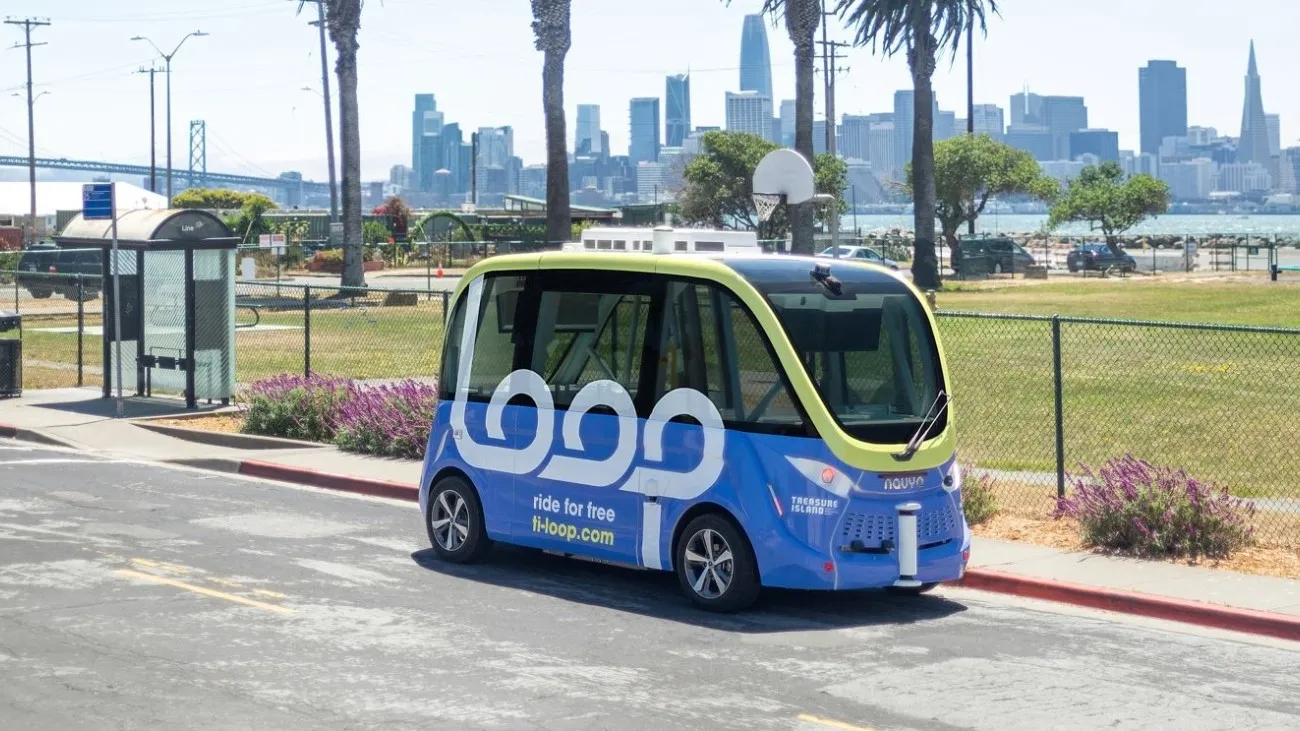
Treasure Island - the real one in San Francisco Bay, rather than the fictional one in Robert Louis Stevenson's pirate classic - has a new autonomous shuttle service.
The Treasure Island Mobility Management Agency (Timma) is overseeing the nine-month pilot - called the Loop - which is run and monitored by Beep on a fixed route on public roads with seven stops.
Funded by grants from the San Francisco County Transportation Authority, US Department of Transportation and Metropolitan Transportation Commission, the pilot will provide free rides using fully-electric, wheelchair-accessible autonomous shuttles with an attendant on board at all times.
It operates seven days a week from 9am to 6pm, connecting neighbourhoods on the small island to community centres and commercial venues, with two AVs running approximately every 20 minutes.
Timma says the route complements a portion of the Muni 25 line service on the northern part of the Island.
Treasure Island Mobility Management Agency chair Matt Dorsey says: “This is a community with unique transportation needs and challenges, and this innovative pilot will give us insight into how autonomous vehicles can enhance neighbourhood access and promote community-wide learning.”
During testing by Beep, Timma staff met with city agencies and community groups to coordinate operational protocols and obtain feedback, including workshops with first responders and staff from the San Francisco Municipal Transportation Agency to review safety protocols and accessibility features, and to ensure coordination with Muni’s 25 bus line.
“We invite the community to take the Loop to get to businesses and destinations on the Island - and to give us your feedback,” said Loop project manager Aliza Paz. “This pilot is designed to promote learning and we’re happy to hear from riders and the broader community."








